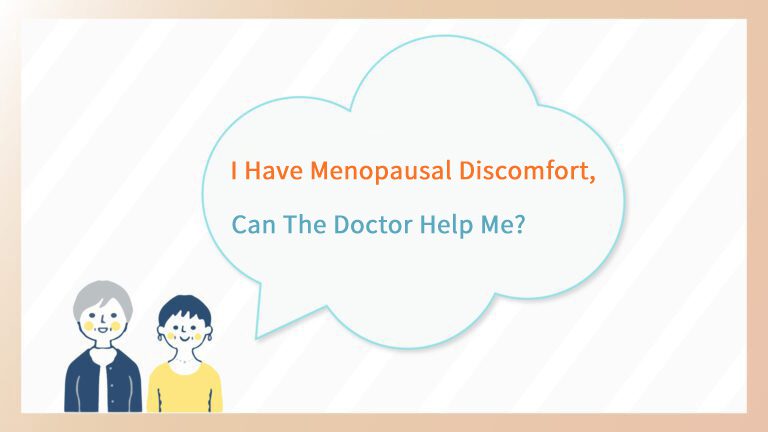Uterine fibroids are benign (non-cancerous) growths of the uterus. They affect as much as 30% of women. Fibroids range in size from seedlings to bulky masses that can distort and enlarge the uterus. They can appear in single or multiples.
Causes
Why some women develop uterine fibroids remain largely unknown. Estrogen and progesterone appear to promote the growth of fibroids. Hence they tend to shrink after menopause due to a decrease in hormone production.
Fibroids generally grow before menopause. However, the growth patterns of uterine fibroids vary. Some may grow slowly, rapidly or remain the same size; some may go through growth spurts and occasionally some may shrink on their own. They grow rapidly during early pregnancy, and shrink after delivery.
Symptoms
Many women who have fibroids do not have symptoms. Fibroids may be found incidentally during pelvic examination or ultrasound scan. In those that do, symptoms can be influenced by the location, size and number of fibroids:
![]() heavy menstrual bleeding with blood clots, anaemia;
heavy menstrual bleeding with blood clots, anaemia;
![]()
![]()
![]()
![]()
![]()
![]()
![]()
![]()
![]()
![]()
![]()
![]()
![]()
![]()
![]()
Treatment
For women with uterine fibroids who do not have any symptoms, watchful waiting should suffice, and the fibroids tend to shrink after menopause.
Medications
Medications for uterine fibroids target at reducing the menstrual bleeding. These medications do not eliminate fibroids. These include:
1) Gonadotropin-releasing hormone (GnRH) injection:
This is a medication that puts patients into a temporary menopause-like state. As a result, menstruation stops and the fibroids shrink. Many patients have significant hot flushes with these drugs, and long term use will cause bone loss. They can be used for up to 6 months only.
2) Progestin-releasing intrauterine device (Mirena®):
Mirena® can relieve heavy bleeding caused by fibroids. It also prevents pregnancy.
3) Oral contraceptive pills:
Oral contraceptive pills can help control menstrual bleeding, but they do not reduce fibroid size.
4) Tranexamic acid:
This is a non-hormonal medication, to be taken to reduce heavy menstrual periods on heavy bleeding days.
Surgery
1) Laparoscopic myomectomy:
To remove the fibroids, and leave the uterus in place. The doctor views the abdominal area on a monitor using a small camera attached to an instrument inserted through a small incision at the umbilicus. Fibroids are removed by two to three slender instruments inserted through small incisions in the lower abdomen. Large fibroids can be broken down into smaller pieces (morcellation) performed inside a surgical bag, or by extending one incision to remove them directly. Scarring after surgery may affect future fertility. Tiny fibroids not detected during surgery may eventually grow and warrant treatment.
2) Abdominal myomectomy:
Very large, very deep-seated, or multiple fibroids may require an open abdominal surgical procedure to remove the fibroids.
3) Hysteroscopic myomectomy:
This procedure may be an option if the fibroids are contained inside the uterus (submucosal). The doctor access and remove the fibroids using instruments inserted through the vagina and cervix into the uterus.
4) Hysterectomy:
To remove the uterus. This remains the only proven permanent solution for uterine fibroids but it leaves the woman unable to bear children in the future. If the ovaries are removed, the surgery brings on menopause and the women may have to consider hormone replacement therapy if she is not menopausal at the time of the surgery. Most women with uterine fibroids may be able to choose to keep their ovaries.
5) Endometrial ablation:
This treatment is performed with a specialized instrument inserted into the uterus to destroy the lining of the uterus, either ending menstruation or reducing menstrual flow. Women are unlikely to get pregnant following endometrial ablation, and may have an ectopic pregnancy if they conceive.
Other options
Uterine artery embolization:
Small particles are injected into the arteries supplying the uterus, cutting off blood flow to fibroids, causing them to shrink and die. Complications may occur if the blood supply to the ovaries or other organs is compromised. The procedure causes pain and fever.






